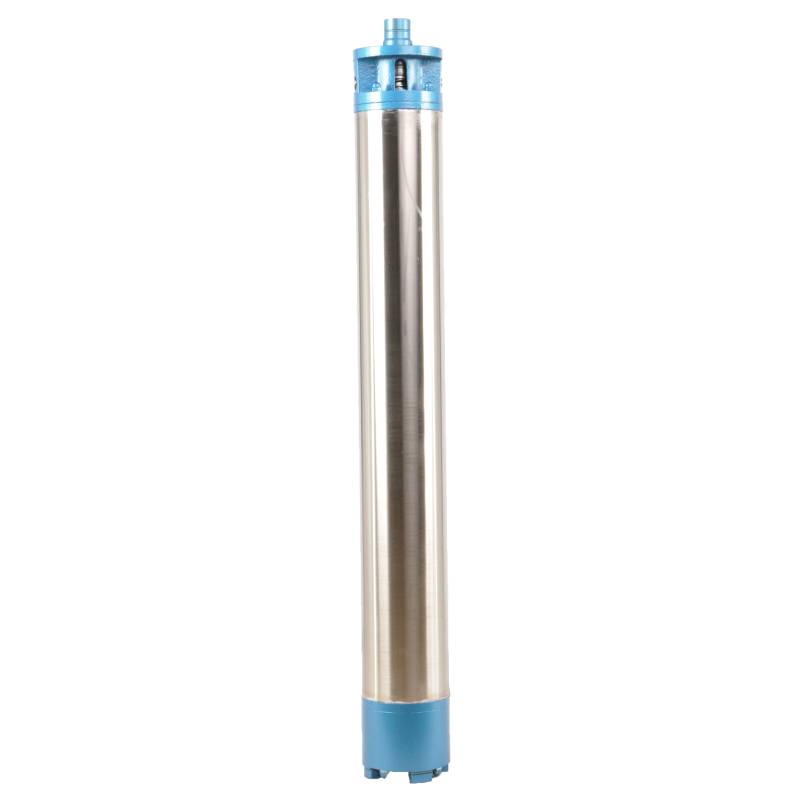Nov . 01, 2024 04:45 Back to list
Guide to Installing a Submersible Pump for Optimal Performance and Efficiency
How to Set Up a Submersible Pump A Step-by-Step Guide
A submersible pump is an essential piece of equipment for homeowners and industries alike, particularly in applications such as drainage, groundwater extraction, or sewage management. Setting up a submersible pump may seem daunting at first, but with a few straightforward steps, you can ensure that your pump functions efficiently and effectively.
Step 1 Choose the Right Pump
Before installation, it’s crucial to select the right submersible pump based on your needs. Consider the depth of the water source, the volume of water you need to move, and the specific application (e.g., clean water or wastewater). Pumps are available with varying horsepower ratings, capabilities, and features, so do your research to find one that fits your requirements.
Step 2 Gather Necessary Tools and Materials
You’ll need a variety of tools and materials for the installation. Common items include a wrench, pipe fittings, a hose, a power source (generator or electrical outlet), waterproof electrical tape, and possibly a check valve. Verify that all parts are compatible with your pump, and review the manufacturer's manual for any specific recommendations.
Step 3 Prepare the Installation Site
Ensure that the installation area is safe and accessible. If you’re working in a well or a sump pit, remove any debris or obstacles. It’s also advisable to check the water level to make sure the pump will be submerged adequately. The area around the pump should be stable to prevent sinking or shifting during operation.
Step 4 Connect the Pump
how to set up submersible pump

Attach the discharge pipe to the pump’s outlet. If required, use a check valve to prevent backflow of water when the pump is off. Ensure that all connections are tightened securely to prevent leaks. If your pump has a variety of fittings, refer to the user manual for the correct configuration.
Step 5 Submerge the Pump
Carefully lower the pump into the water. Ensure that it is fully submerged according to the manufacturer's recommendations, as running it dry can damage the motor. Some pumps may require a certain depth for effective operation, so double-check the specifications.
Step 6 Power Up the Pump
Once the pump is securely in place, connect it to the power source. If using a generator, ensure it is rated for the load required by the pump. Before turning on the pump, review all connections for safety. Turn on the power and monitor the pump as it begins to operate.
Step 7 Monitor and Maintain
After installation, regularly monitor the pump for any unusual noises or vibrations, and check the discharge flow to ensure it is working correctly. Regular maintenance, such as cleaning the pump and inspecting the wiring, will help extend the life of your submersible pump.
Conclusion
Setting up a submersible pump can be a straightforward process if you follow these steps. By selecting the right pump, preparing the installation site, and adhering to safety precautions, you can ensure effective water management for your needs. Always consult the manufacturer's guidelines to tailor the installation to your specific pump model for optimal performance.
-
submersible-sump-pump-auto-drainage-for-crawlspaces
NewsAug.22,2025
-
solar-powered-stainless-steel-submersible-well-pump-setup
NewsAug.22,2025
-
stainless-steel-well-pump-flow-rate-optimization
NewsAug.22,2025
-
water-filled-submersible-pump-fish-farm-oxygenation
NewsAug.22,2025
-
submersible-pump-in-aquaculture-and-fish-farming
NewsAug.22,2025
-
deep-well-submersible-pump-for-drought-areas
NewsAug.22,2025
-
 submersible-sump-pump-auto-drainage-for-crawlspacesCrawlspaces, those narrow areas beneath homes, are prone to water accumulation due to leaks, groundwDetail
submersible-sump-pump-auto-drainage-for-crawlspacesCrawlspaces, those narrow areas beneath homes, are prone to water accumulation due to leaks, groundwDetail -
 solar-powered-stainless-steel-submersible-well-pump-setupHarnessing solar energy to power stainless steel submersible well pumps is a sustainable and coDetail
solar-powered-stainless-steel-submersible-well-pump-setupHarnessing solar energy to power stainless steel submersible well pumps is a sustainable and coDetail -
 stainless-steel-well-pump-flow-rate-optimizationIn various applications like agriculture, domestic water supply, and industrial use, the flow rate oDetail
stainless-steel-well-pump-flow-rate-optimizationIn various applications like agriculture, domestic water supply, and industrial use, the flow rate oDetail
